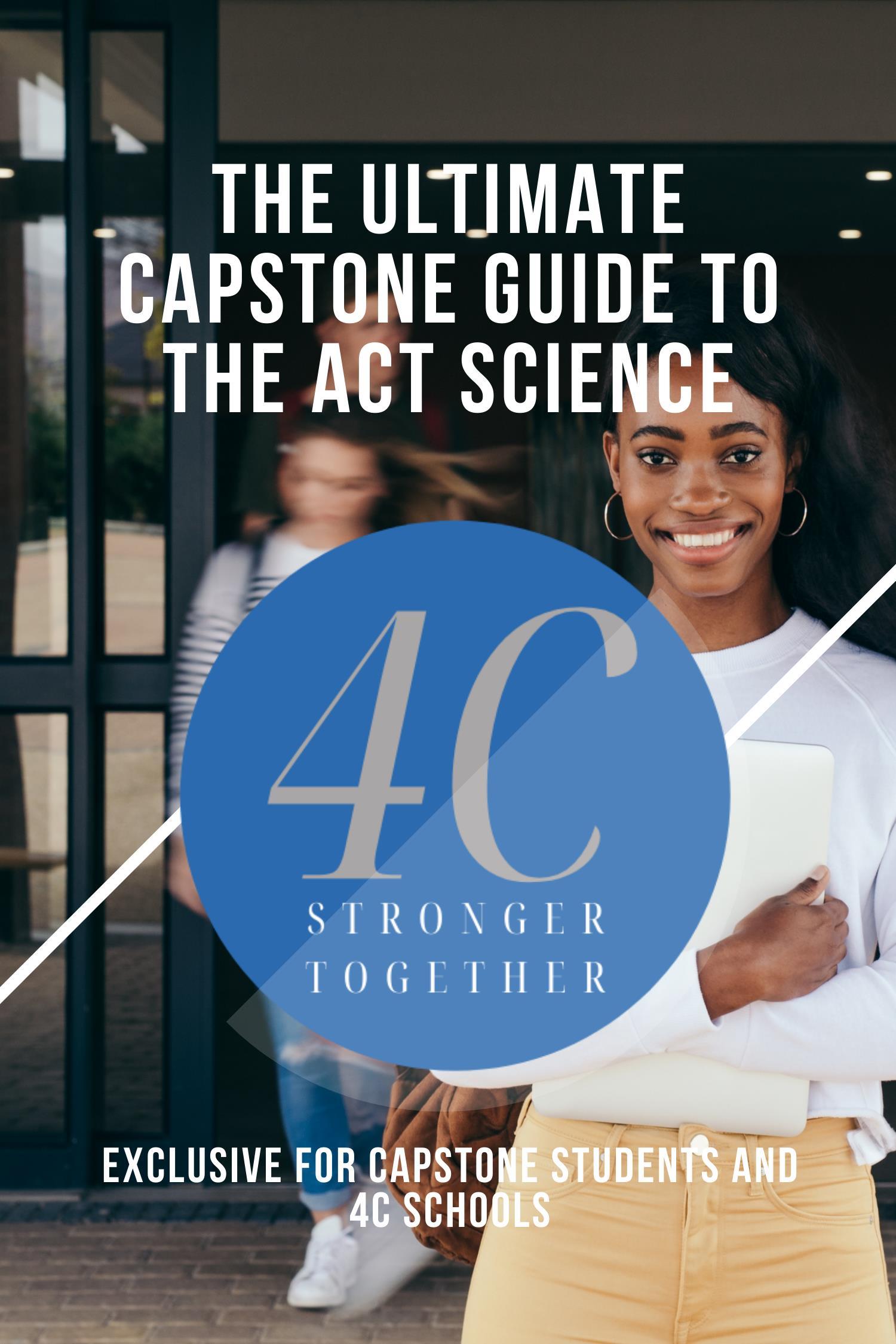

HANDOUT MATERIAL
SCIENCE 1
TARGET SCORES
TARGET SCORES
NOTES
SKIP 1 PASSAGE SKIP 2 PASSAGES
Get all questions right, plus guesses on skipped passages. 29-31 25-28
Get I wrong question on each passage you do. 25-26 22-24
The scores listed here are approximations. These are not guarantees; they're goals. Here are a few things to keep in mind about this table:
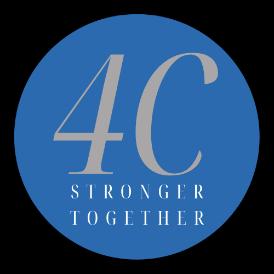
©2023 Capstone College and Career Advising LLC.
SCIENCE 2
LOOKING FOR KEY WORDS
According to Table 1, when the chamber had a temperature of 10o C what was the volume of nitrogen?
Table 1

©2023 Capstone College and Career Advising LLC.
SCIENCE 3
EXERCISE #1
Table 3
- Which had a greater mass, the metal ball or the plastic ball?
- What was the distance of the second launch of the wood ball?
- What was the mass of the ball whose first launch went the farthest?

©2023 Capstone College and Career Advising LLC.
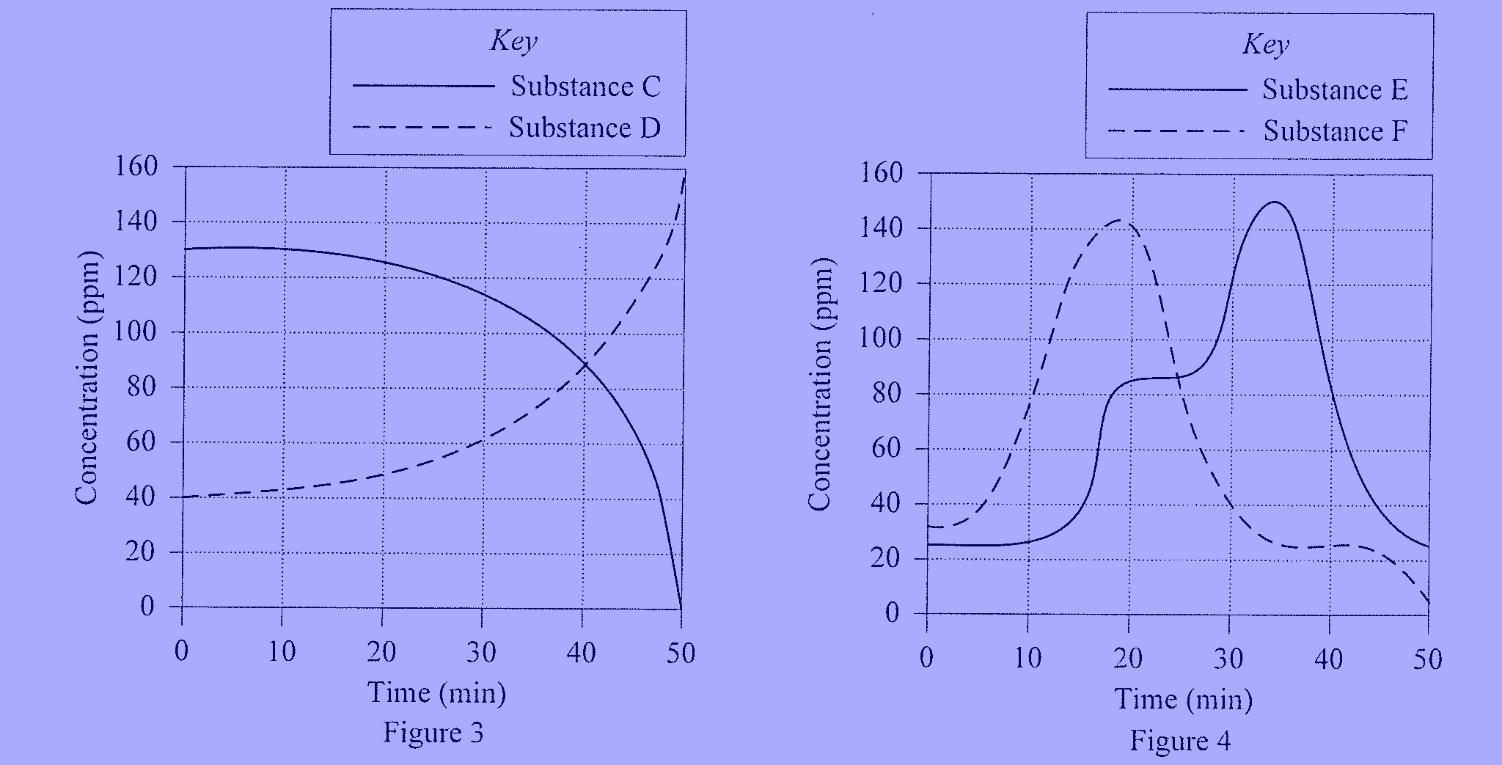
- In Figure 3, when does the concentration of Substance C equal the concentration of Substance D?
- At approximately what time does Substance C have a concentration of 120 ppm?
- In Figure 4, what is the concentration of Substance E at a time of 30 minutes? Of Substance F?
- At approximately what time does Substance E have its highest concentration?

©2023 Capstone College and Career Advising LLC.
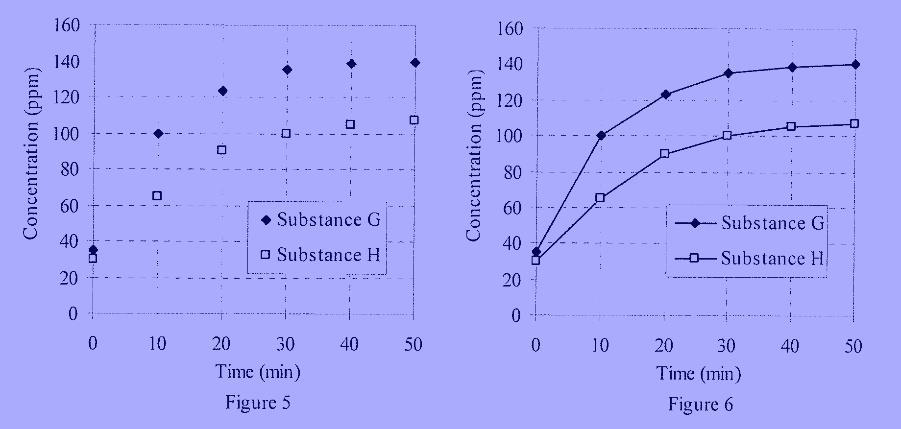

©2023 Capstone College and Career Advising LLC.

Table 5
©2023 Capstone College and Career Advising LLC.


©2023 Capstone College and Career Advising LLC.
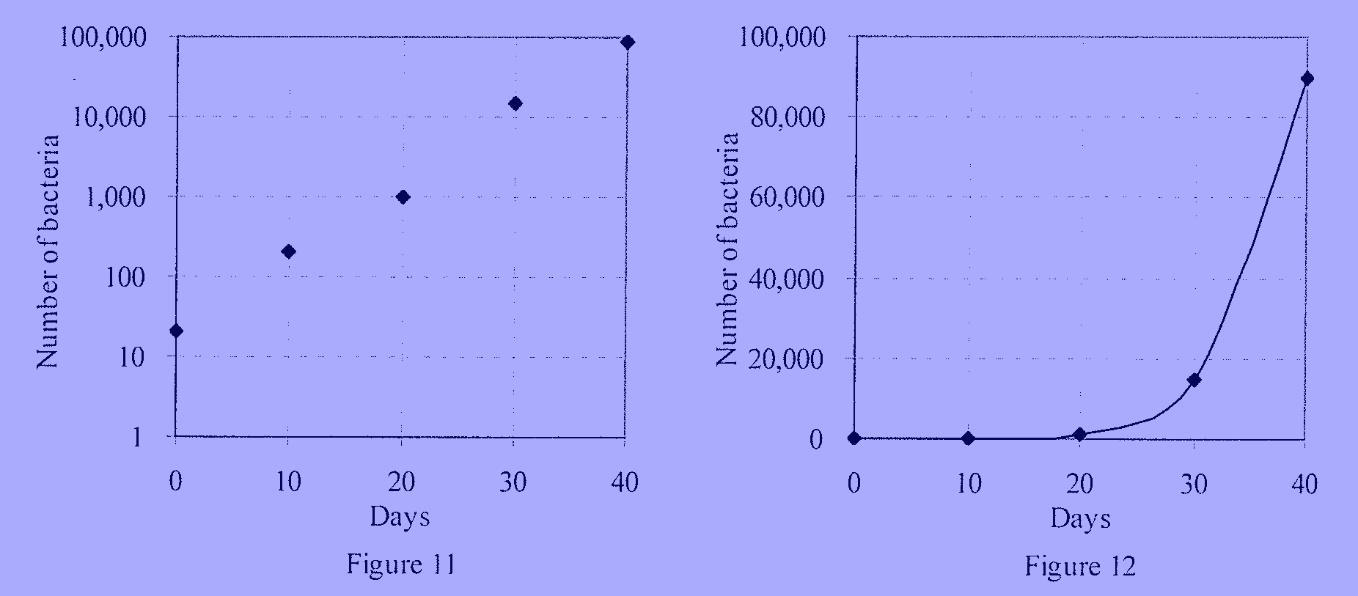

©2023 Capstone College and Career Advising LLC.


©2023 Capstone College and Career Advising LLC.
SCIENCE 10 OVERLAPPING GRAPHS
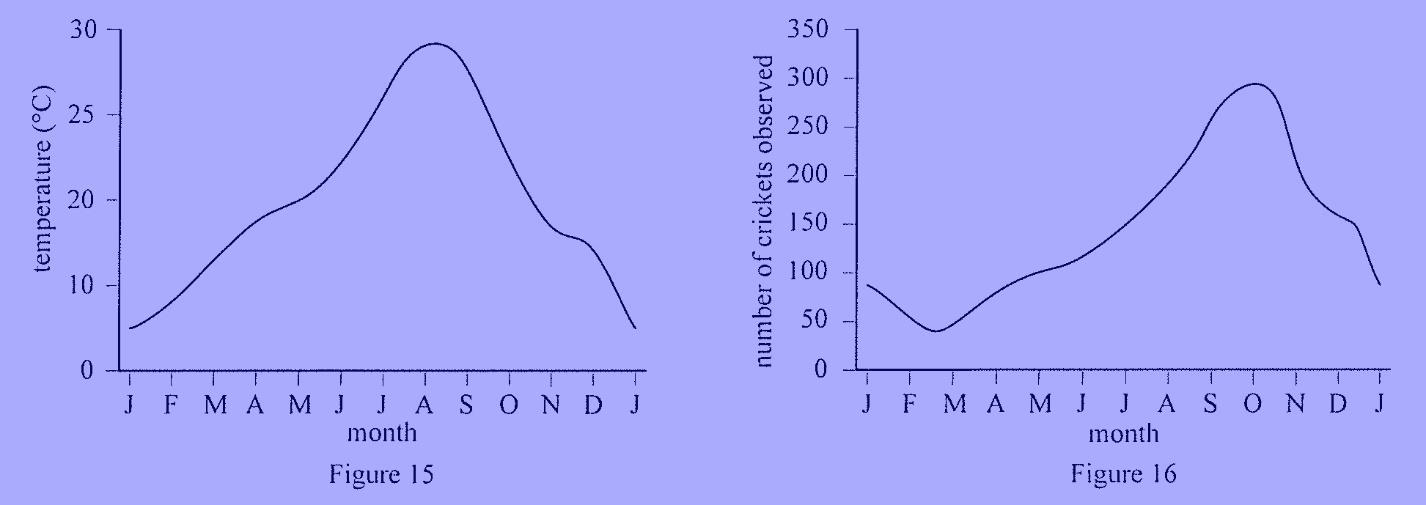
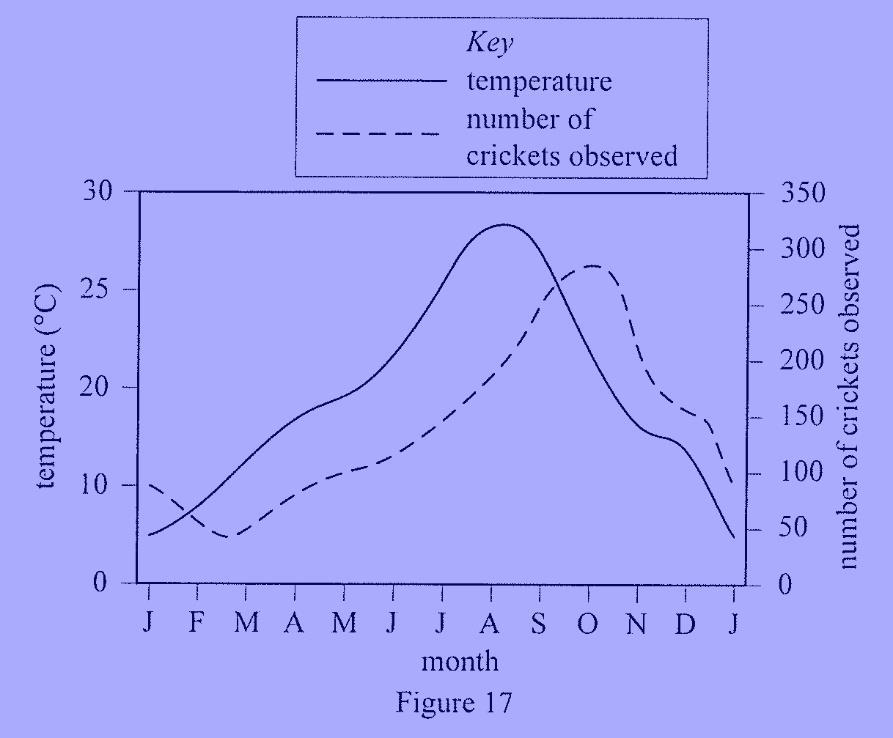

©2023 Capstone College and Career Advising LLC.
SCIENCE 11 SHADED
GRAPHS
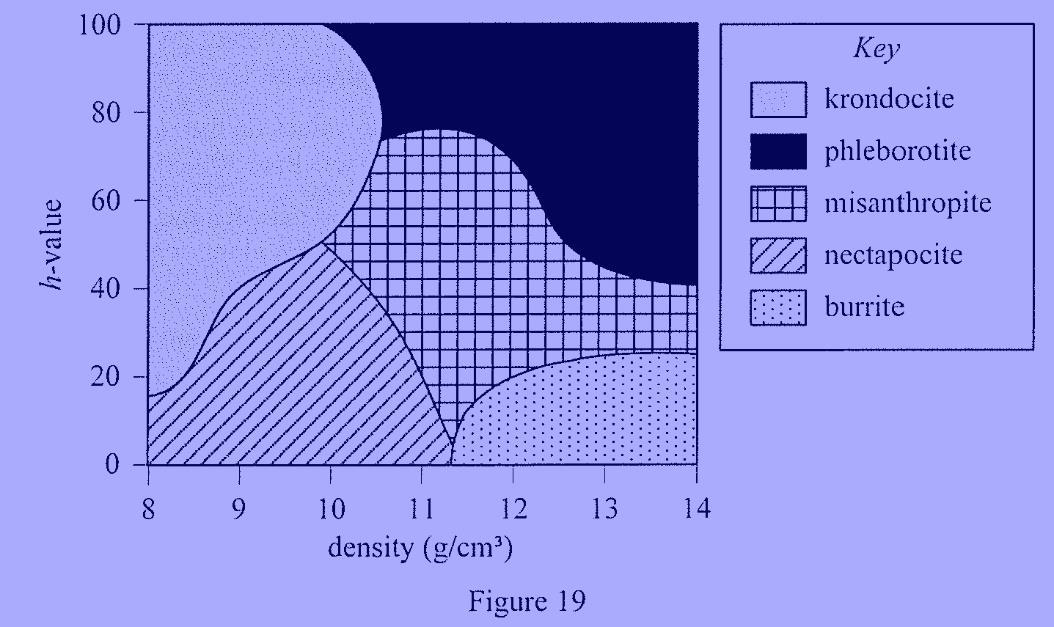

©2023 Capstone College and Career Advising LLC.
SCIENCE 12 BAR GRAPHS
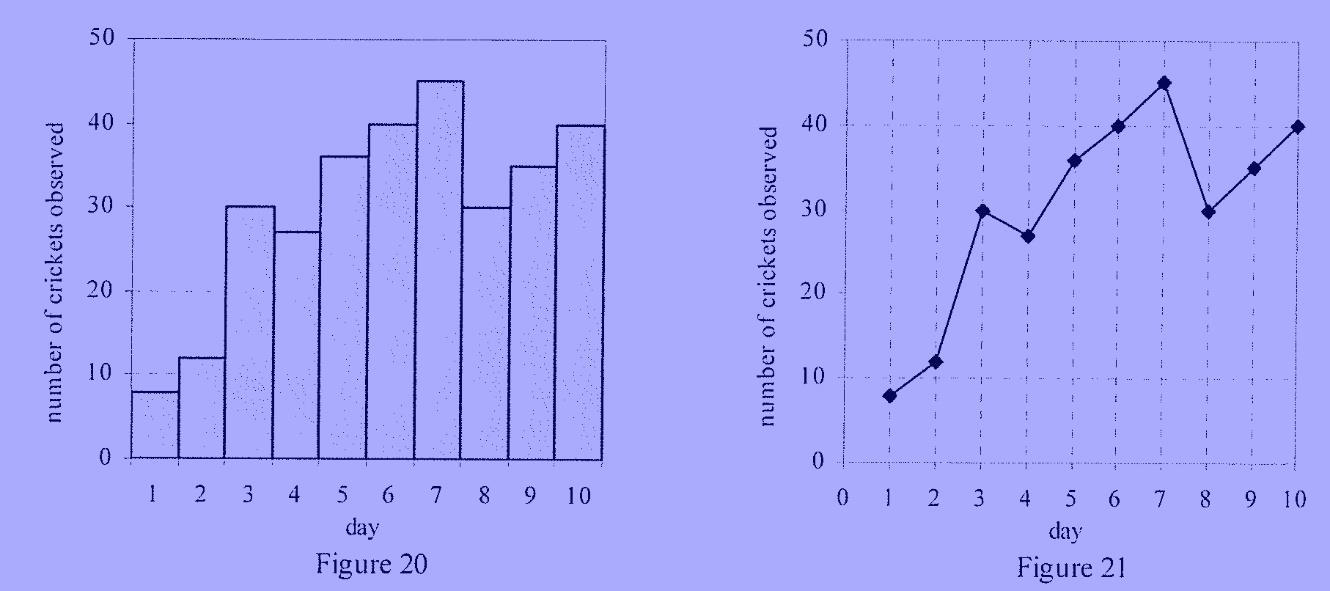

©2023 Capstone College and Career Advising LLC.
PLOTTING ADDITIONAL SETS OF POINTS
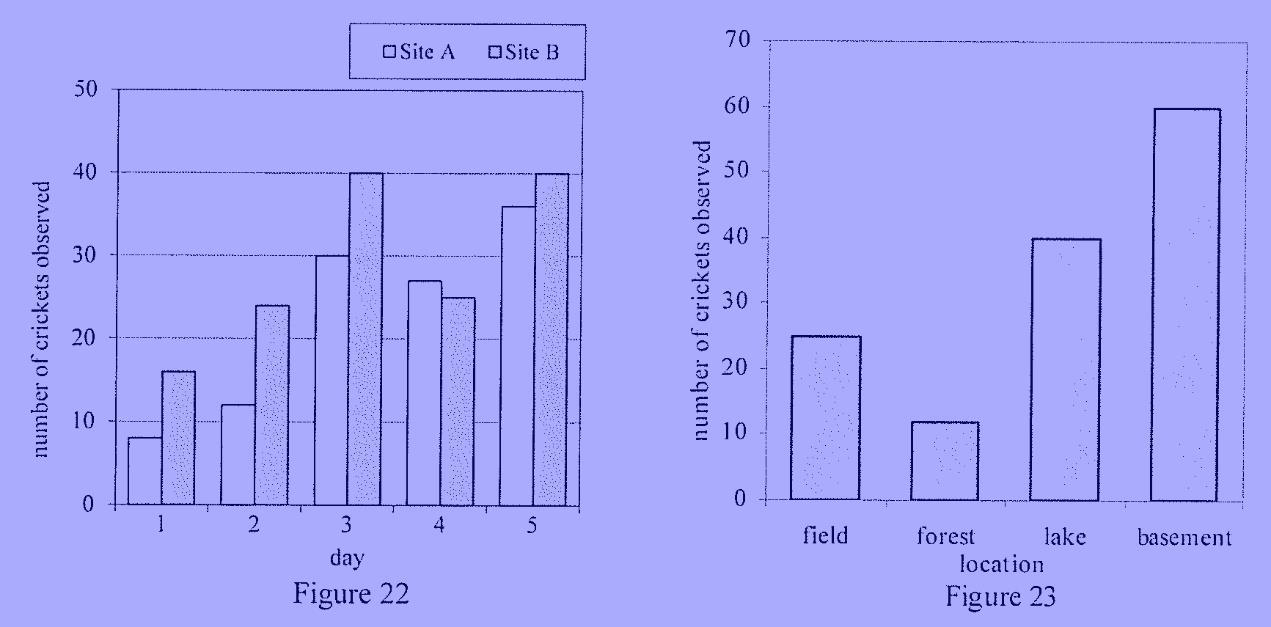

©2023 Capstone College and Career Advising LLC.
SCIENCE
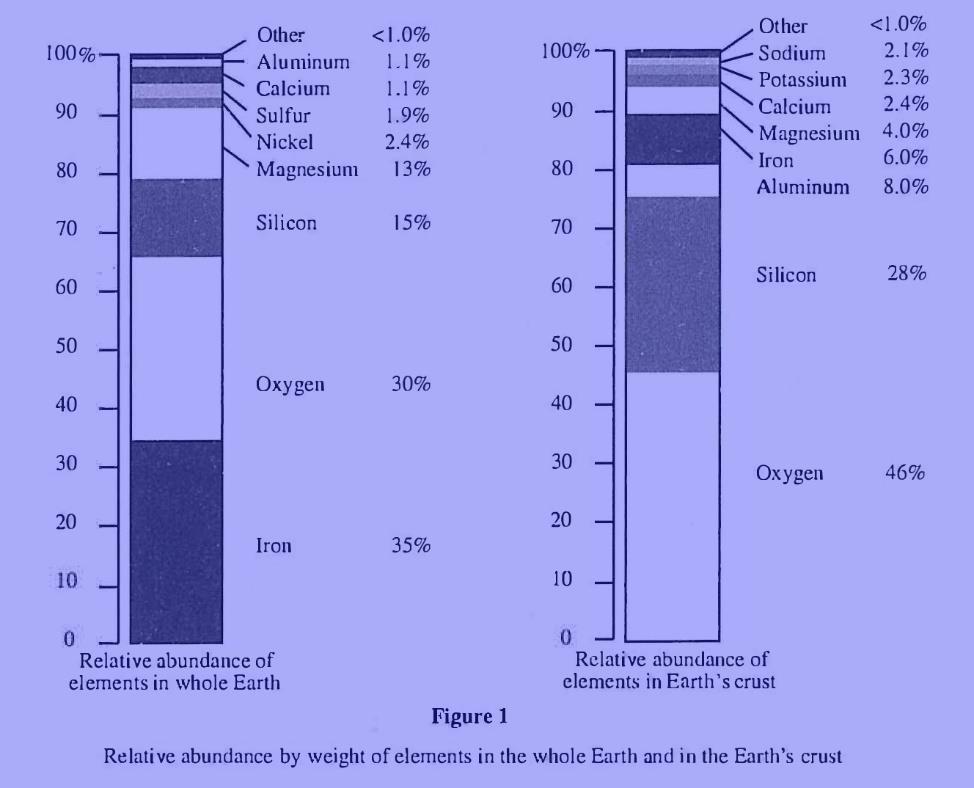

©2023 Capstone College and Career Advising LLC.

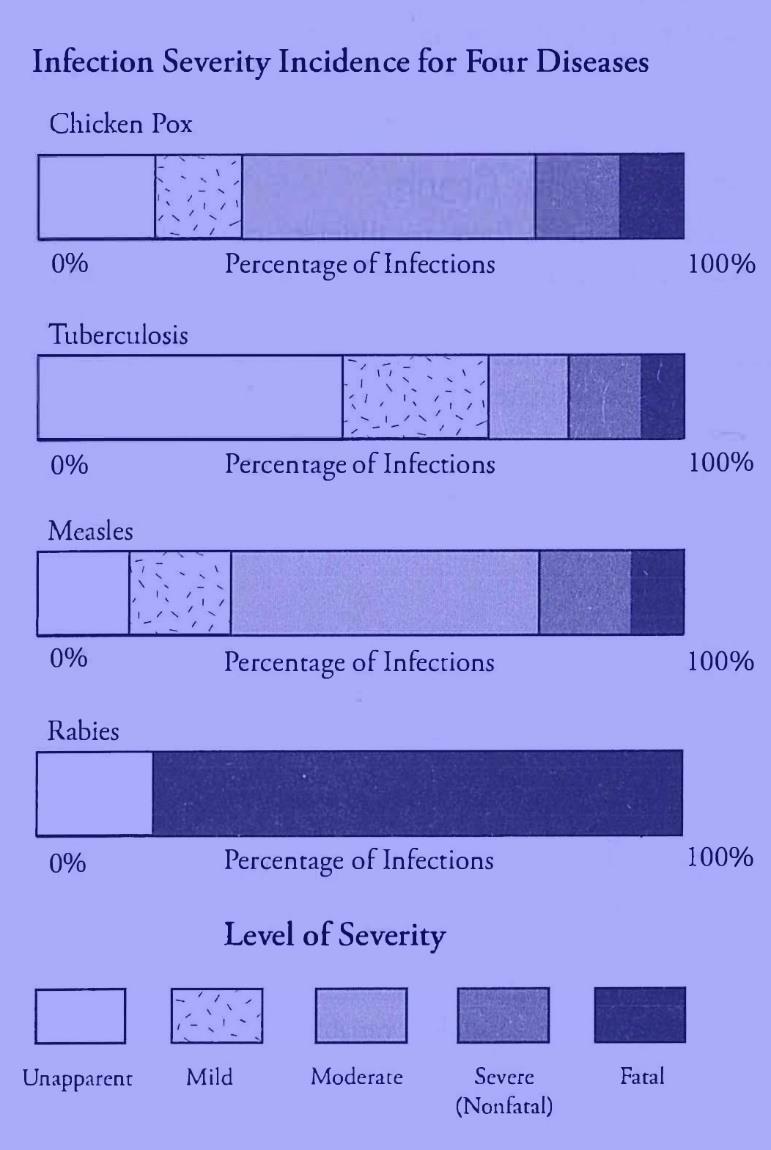
©2023 Capstone College and Career Advising LLC.
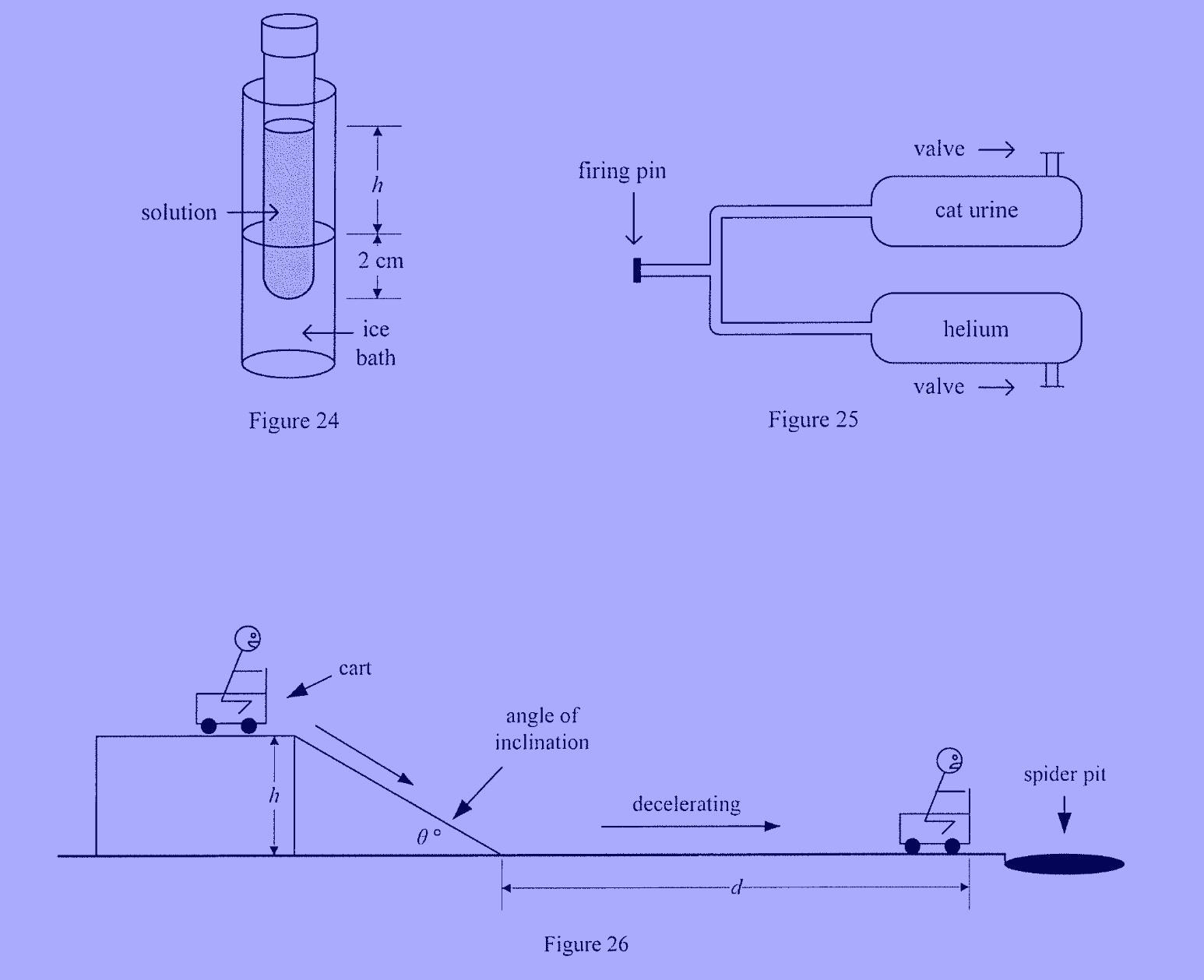

©2023 Capstone College and Career Advising LLC.
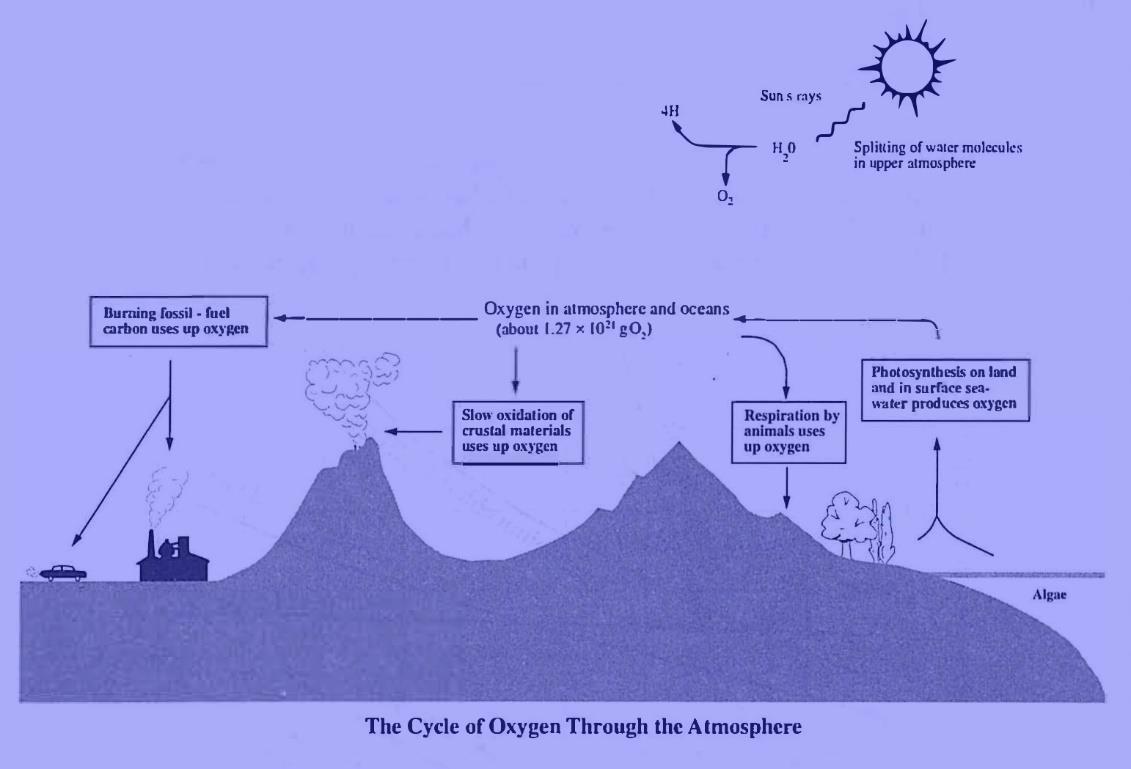

©2023 Capstone College and Career Advising LLC.
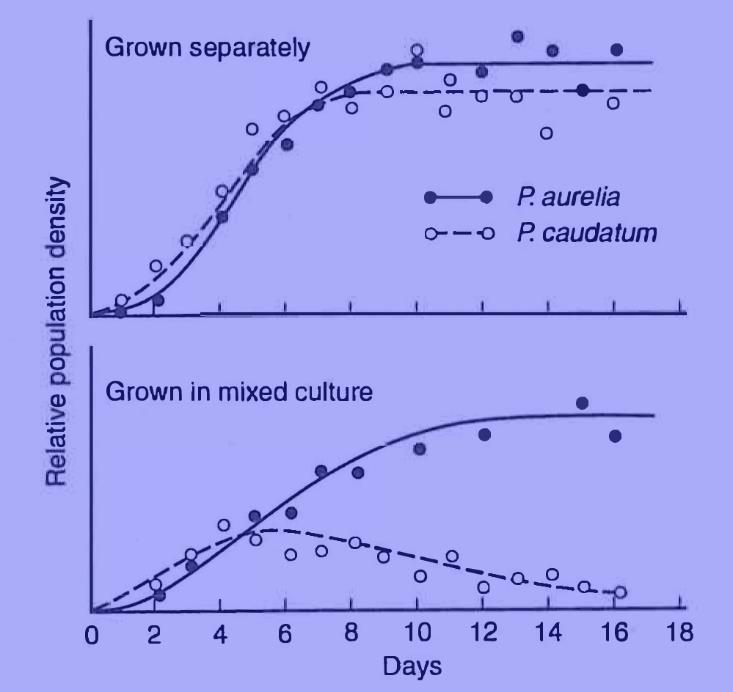
1. When the two species are grown separately,
A. both species reach maximum population density in 18 days.
B. both species stop reproducing after 12 days.
C. populations of both species grow fastest after 3 days.
D. both species reproduce fastest after 2 days.
2. When the two species are cultured together,
F. P. aurelia is unaffected, but it inhibits the population of P. caudatum.
G. P. aurelia reproduces more rapidly than P. caudatum.
H. it takes about a week for the populations to begin to interfere with each other.
J. each species inhibits the population growth of the other.
3. Comparison of the two graphs seems to imply that
A. the two species of Paramecium are competing for the same resources.
B. no two microorganisms can live successfully in the same culture.
C. P. caudatum could not survive in the wild.
D. P. aurelia is a more common species than P. caudatum.

©2023 Capstone College and Career Advising LLC.
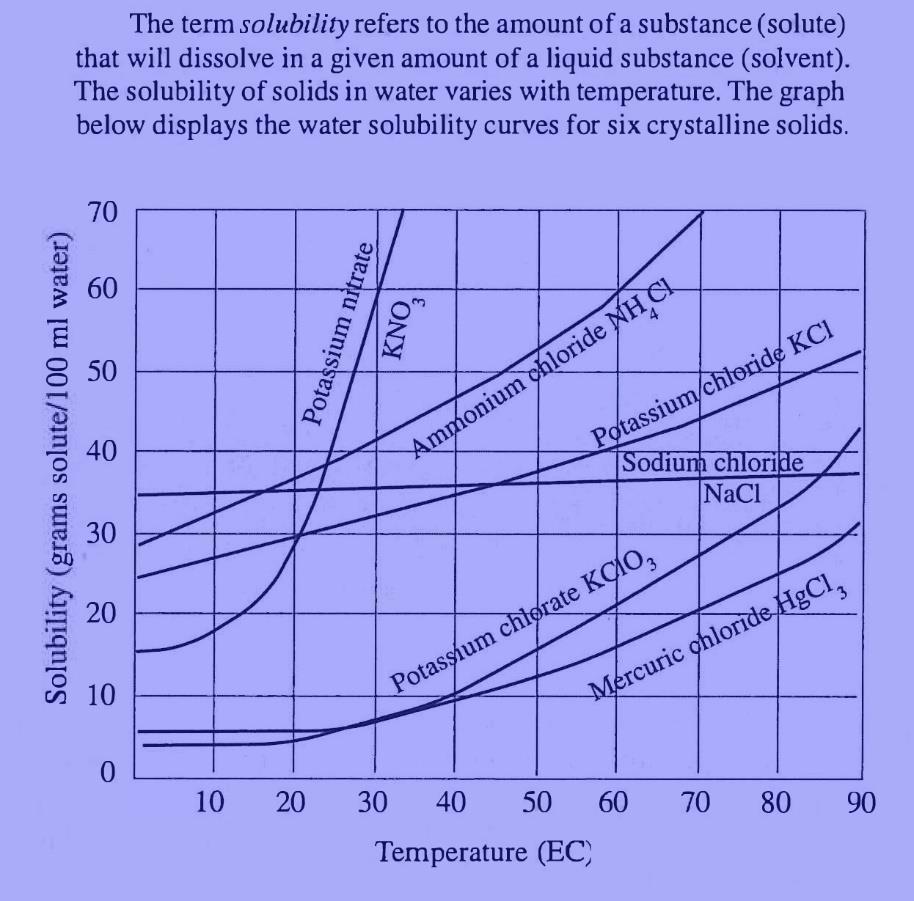

©2023 Capstone College and Career Advising LLC.
SCIENCE 20 TABLES TO GRAPHS
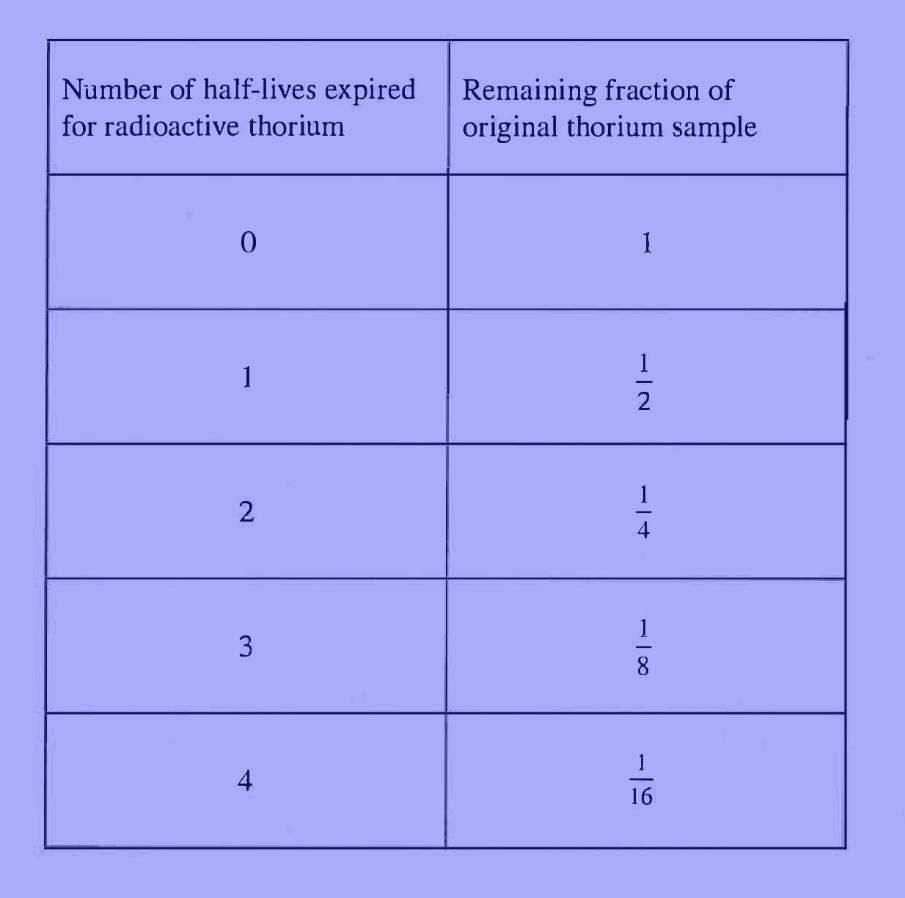

©2023 Capstone College and Career Advising LLC.

SCIENCE 21 TABLE TO GRAPH
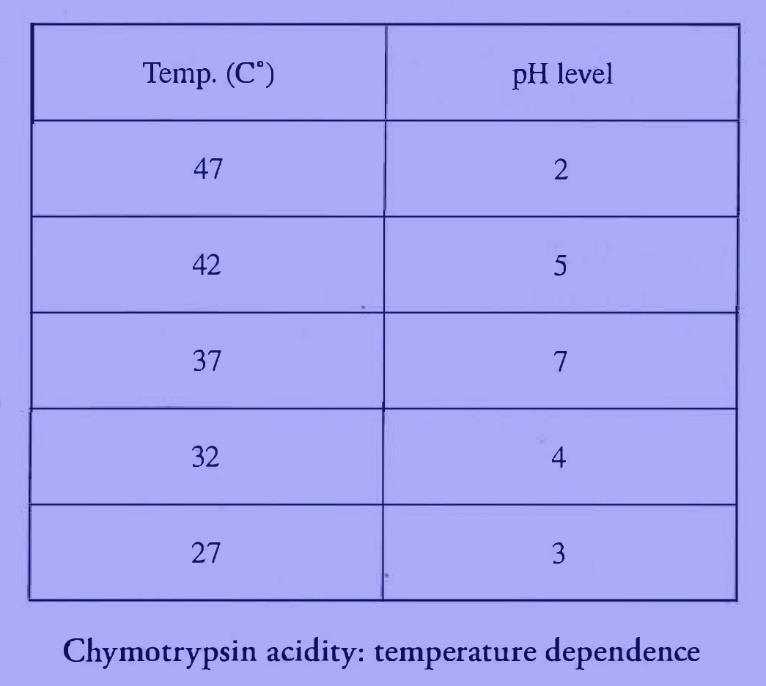
©2023 Capstone College and Career Advising LLC.
SCIENCE 22
CONJFLICTING VIEWPOINTS
What effect does crash dieting have on long-term loss of weight? There is some evidence that repeatedly losing and gaining weight makes it more difficult to lose weight and keep it off. Two scientists disagree as to the significance of the evidence.
Scientist 1
People who repeatedly gain and lose weight acquire a permanent, long-term change in their metabolism. Their metabolism slows down, so that they use less food energy than others. The result is that the excess energy in their food becomes stored as fat. This means that crash dieting is self-defeating. Experiments on rats have shown that alternating underfeeding with overfeeding results in a lower metabolic rate. The lower rate enabled the rats to gain weight more easily, with less food than they would ordinarily need. Further, a study of high school wrestlers found that some of them lost and regained weight as much as 10 times during the wrestling season. In the off-season, they were no fatter than those whose weight did not vary, but their metabolic rate was substantially lower. The implication is that people who crash-diet and then regain weight are likely to experience more and more difficulty in losing it.
Scientist 2
There is no real evidence that repeated gain and loss of weight makes it more difficult to lose. The studies on rats are suggestive, but there is no reason to believe that they have any implication for obese human beings. The study involving high school wrestlers was severely flawed. The wrestlers in the study were all in summer camp, after the end of the wrestling season. The dieters may have been artificially holding their weight down by careful control of their diets, and this is known to lower the metabolism. There is no evidence that this lowered metabolism made it more difficult to lose weight. There is another study, in which the subjects were not rats or wrestlers, but obese people who had lost weight and then gained it back. When they regained weight, their metabolism was just the same as it was before they dieted. Furthermore, there was no difference in their ability to lose weight again.

©2023 Capstone College and Career Advising LLC.
SCIENCE 23
SCIENCE SUMMARY
Here are the keys to the ACT Science section:
1. Timing
- Don't read the passage. Skim to see what it's about and get to the questions.
- On Conflicting Viewpoints questions, underline the first sentence of each viewpoint to get the main ideas.
- Use Target Numbers: consider skipping one or two passages to give yourself more time on the others.
2. Answering the questions
- Use the following method for most questions:
1. In the question, underline the table, figure, or viewpoint you need.
2. In the question, underline key words: things you know and things you want.
• If you can't find key words, look in the choices.
3. In the figure, circle the key words and values you found in the question.
• If you can't find them in the figure, look in the passage.
4. Match! Match! Match!
- Use techniques from the Math Test like Backsolve and Guesstimate.
- Watch out for RTFQ choices and other careless mistakes.
3. Figure types
- Figures come in all sorts of shapes and sizes, but they all boil down to the same thing: matching one variable with another.
- Write on your figure. Draw in gridlines if you need to. Use your answer sheet to line up values.
- Check the values on the axes. They may not be what you think they are.
4. Question types
- Data Lookup questions: Look up values in a table or figure.
- Combination questions: Connect multiple figures or tables.
- Relationship questions: If one variable gets bigger, does the other get bigger or smaller?
- Inferred Data questions: If we added new points, where would they go?

- Passage questions: Look up stuff in the paragraphs, notjust the figures.
- Experiment Design questions: Why was the experiment set up the way it was? What if we changed it?
- Reasoning questions: Does the data support a statement? First eliminate false choices, then answer yes or no.
- Knowledge questions: Know things that aren't in the passage.
